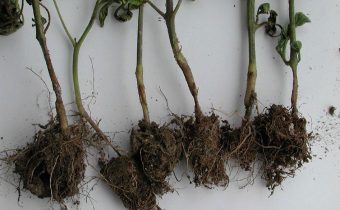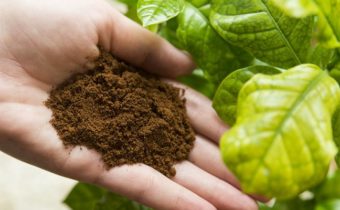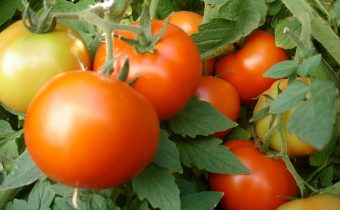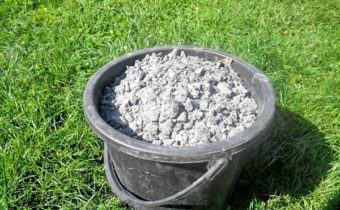Top 10 hazardous fertilizers permitted in Russia

Fertilizers permitted for use in Russia are divided into 2 large classes: organic and mineral. The first person receives from nature or animals, the second - are produced by the chemical industry. For plants, and they are important, and others, as the main source of nutrition.
Top 10 Dangerous Fertilizers
Mineral fertilizers are referred to the 3rd and 4th hazard class of chemical substances in accordance with sanitary standard 12.1.007. Dangerous agrochemicals used in the agro-industrial complex and personal subsidiary farms are divided into: nitrogen, phosphorus and potash. Despite the great positive effect from the use of fertilizers, their substances can have a negative impact on the environment, soil, future harvest and humans.
Ammonium nitrate
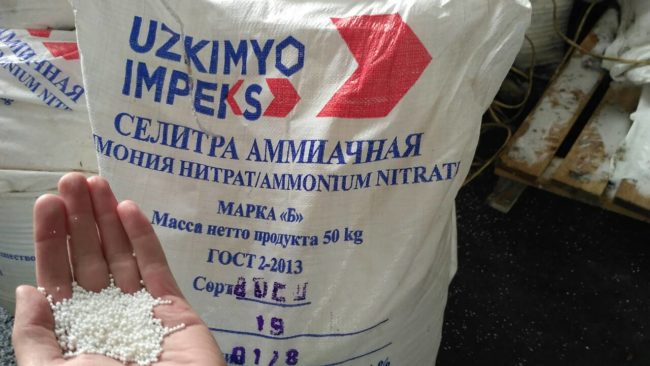 Saltpetre is produced industrially from ammonia and a concentrate of nitric acid. Available in powder or white granules. Farmers feed with nitrogen fertilizer in the spring, during the growth period for gaining green mass, resistance to adverse factors and diseases. Dangerous in elevated concentrations - can "burn" the plant. If you work without gloves and remedies, fertilizer erodes the skin and mucous membranes, can cause mild poisoning. Fire and explosion hazard. Saltpetre should not be stored near fire and heat sources.
Saltpetre is produced industrially from ammonia and a concentrate of nitric acid. Available in powder or white granules. Farmers feed with nitrogen fertilizer in the spring, during the growth period for gaining green mass, resistance to adverse factors and diseases. Dangerous in elevated concentrations - can "burn" the plant. If you work without gloves and remedies, fertilizer erodes the skin and mucous membranes, can cause mild poisoning. Fire and explosion hazard. Saltpetre should not be stored near fire and heat sources.
With the abuse of top dressing in the soil and parts of the grown crops there is an accumulation of harmful compounds - nitrates. Wear gloves when handling nitrate and wash hands with soap after work.
Ammonium nitrate is the most dangerous nitrogenous fertilizer and is not allowed for sale to private individuals due to its explosiveness and tendency to ignite.
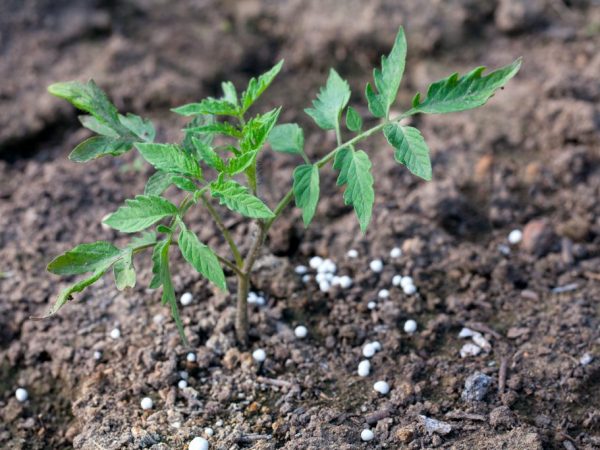
Ammonium chloride
Nitrogen fertilizer, gives plants up to 25% nitrogen. Ammonia nitrogen in the soil often passes into the nitrate form, moreover, 250 kg of chlorine enters the earth per 100 kg of nitrogen, and this is harmful for some vegetable and fruit crops and soil microorganisms. Not recommended for use on soil with high acidity, as acidifies it.
It is realized in the form of powder or granules of white-yellow, or white-pink color. When ignited, forms acrid thick smoke. Used in the defense industry for the production of smoke bombs.
Nitrates in the human body are converted to nitrites, highly toxic carcinogenic compounds, the gradual accumulation of which can cause cellular mutations (tumors, cysts, fetal deformities in pregnant women can appear).
Calcium cyanamide
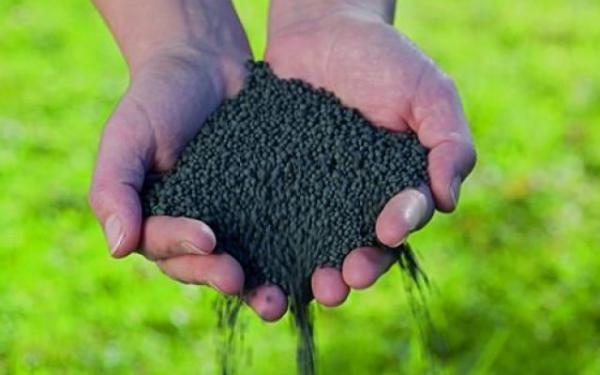 The poison, sold as a fine powder (dust), is dangerous if inhaled. Used as a nitrogen fertilizer for feeding beets, cotton and as a herbicide. Increased fertilization leads to pollution of the soil, closely located water bodies and production with nitrates, and when foliar irrigation - the atmosphere is polluted with nitrogen oxides.
The poison, sold as a fine powder (dust), is dangerous if inhaled. Used as a nitrogen fertilizer for feeding beets, cotton and as a herbicide. Increased fertilization leads to pollution of the soil, closely located water bodies and production with nitrates, and when foliar irrigation - the atmosphere is polluted with nitrogen oxides.
Simple superphosphate
Common phosphate fertilizer. It is produced from calcium phosphate, which is part of the natural apatite.The composition contains up to 40% phosphorus, 40% gypsum and 20% phosphoric anhydride. This substance irritates the skin and mucous membranes on contact. For plants, phosphorus is necessary for the growth of the root system, flowers and fruits. But an excess of phosphorus accelerates the aging process of plants, the fruits do not have time to ripen, and the yield decreases. Superphosphate is the main pollutant of the soil with radioactive elements: strontium, aluminum, radium, fluorine and uranium compounds accumulate. Strongly acidifies the soil. Due to the large amount of gypsum in the composition, it is poorly soluble in water and is slowly washed out of the soil. It is important to observe the depth of embedding (maximally on the spade bayonet).
Double superphosphate is distinguished by a high content of phosphorus in the composition, availability of the element and good solubility in water.
Phosphoric Flour
It is a low-toxic substance of gray color and fine grinding, obtained from phosphate stones. It is hardly soluble in water, slowly decomposes in the soil. Flour can be applied to the ground with high acidity. With excessive use in soil accumulates lead, cadmium and arsenic. Prolonged use of the same element changes the composition and structure of the arable layer of soil, leads to leaching of humus and loss of fertility by the soil.
Potassium nitrate
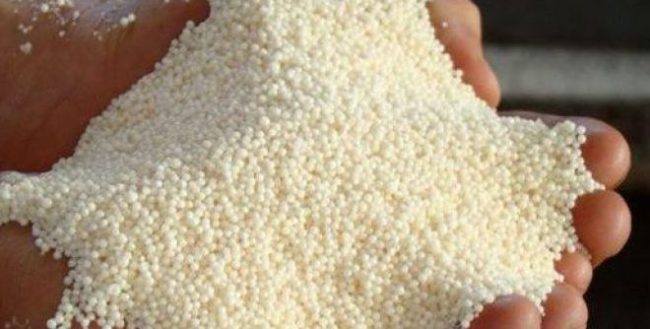 This potassium-nitrogen fertilizer, available for sale in liquid and powdered form. The active ingredient potassium nitrate is an oxidizing agent that reacts with flammable substances. Corrosive skin and mucous membranes. With long-term use in the soil forms insoluble salts. It is used as a top dressing in the fall under digging to increase the frost resistance of crops and resistance to adverse factors.
This potassium-nitrogen fertilizer, available for sale in liquid and powdered form. The active ingredient potassium nitrate is an oxidizing agent that reacts with flammable substances. Corrosive skin and mucous membranes. With long-term use in the soil forms insoluble salts. It is used as a top dressing in the fall under digging to increase the frost resistance of crops and resistance to adverse factors.
Potassium chloride
Cheap potash powder fertilizer, but with excessive application of chlorine and lead (8.67%) are deposited in the soil. Acidity of soil increases, reducing the activity of soil microorganisms.
Observe the rules of storage and transportation of agrochemicals! Mineral fertilizers can not be mixed, many of their compounds are explosive and prone to spontaneous combustion.
Horse, cow or poultry manure is considered a dangerous infectious substance (class IV) and can be a source of infection - foot and mouth disease, plague, erysipelas, tuberculosis. Organics is better to buy from a trusted manufacturer, passed sanitary control.
Sapropel
Natural sludge-based fertilizers, unlike manure, do not contain weed seeds, but can be a source of infection if poorly disinfected.
Sewage sludge (WWS)
Used for fertilizing in urban parks and forest nurseries. They can not fertilize vegetables and fruit. The composition may contain salts of heavy metals, traces of petroleum products and detergents.
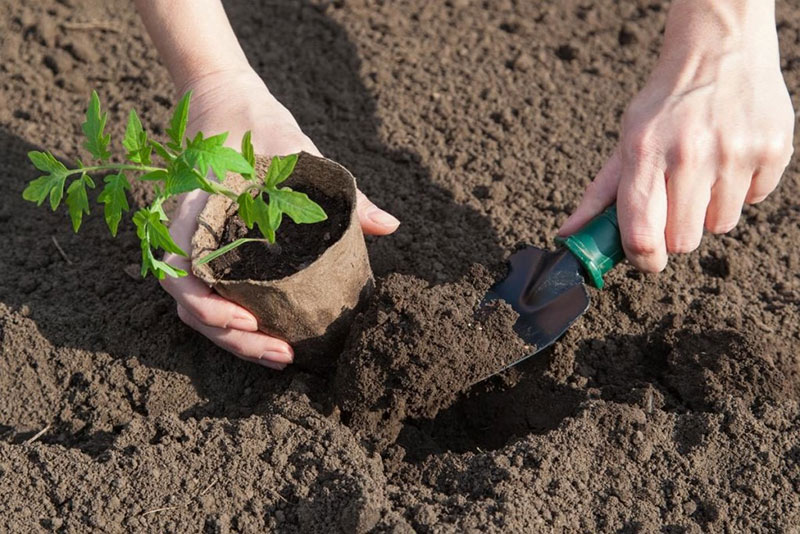
Conclusion
The use of fertilizers facilitates the work of the farmer and is indispensable in the agro-industrial complex as a source of additional nutrition for crops. Despite the "danger" of many agrochemicals, without them, one cannot hope for the health of the plants and the great harvest. Modern fertilizers manufactured according to GOST, applied according to the rules of agrochemistry, can not harm the environment and human health.


